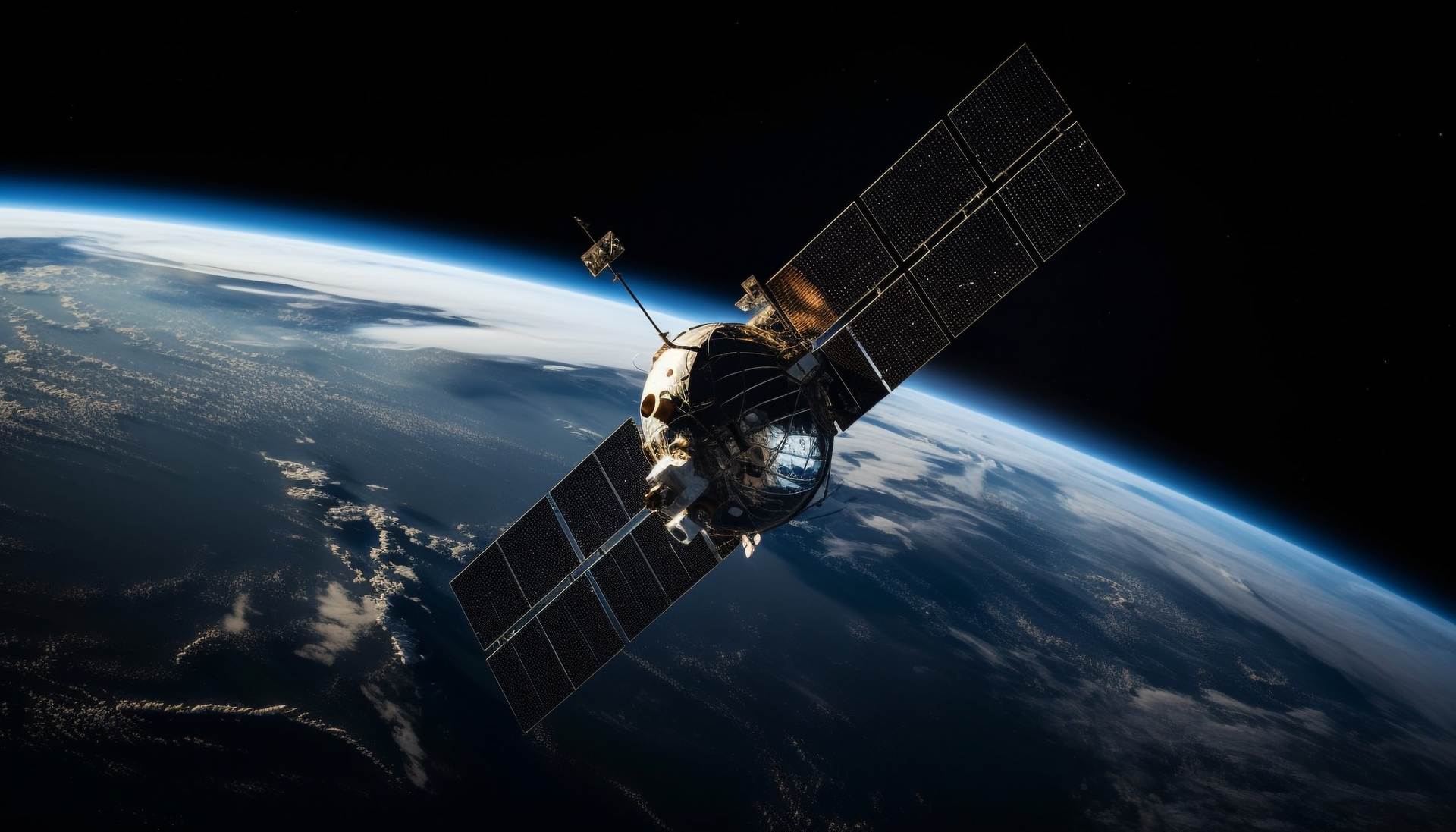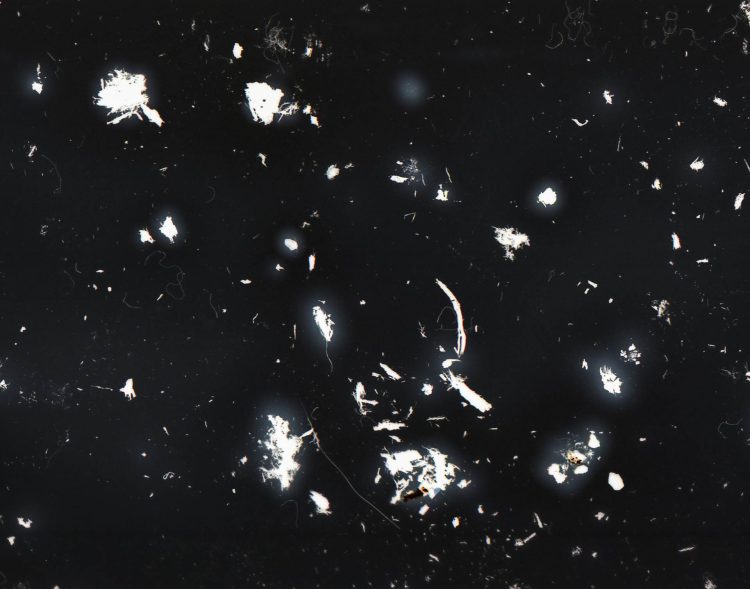On August 6, 2024, China launched the first 18 satellites of its ambitious Qianfan (“Thousand Sails”) broadband megaconstellation aboard a Long March 6A rocket. While the rocket successfully delivered its payload into low Earth orbit (LEO) at an altitude of approximately 500 miles (800 kilometers), the mission soon encountered a significant problem.
The rocket’s upper stage broke apart shortly after deploying the satellites, creating a dangerous cloud of space debris now racing around our planet.
Manish Purohit explains:
China's Satellite Constellation Rocket Launch Generates a massive cloud of 300 pieces of debris.
A Chinese Long March 6A rocket, launched on August 6, 2024, to deploy the first batch of satellites for the Qianfan (Thousand Sails) megaconstellation, has fragmented into a cloud… pic.twitter.com/nAG7y7c9fO
— Manish Purohit (@purohitmanish) August 9, 2024
The US confirms the incident
The United States Space Command (USSPACECOM) confirmed the incident two days later, reporting that the breakup generated more than 300 pieces of trackable debris in LEO. This debris cloud is now being closely monitored, though USSPACECOM has observed no immediate threats to other space assets. Still, the incident raises concerns about the growing amount of space junk in Earth’s orbit, which could pose significant risks to future missions and existing satellites.
This isn’t an isolated event. The Long March 6A rocket has had similar issues before. In November 2022, another upper stage from this rocket model disintegrated in orbit shortly after deploying the Yunhai-3 weather satellite. That breakup created 533 pieces of trackable debris, which NASA continued to monitor well into 2023. These recurring incidents with the Long March 6A suggest potential weaknesses in the rocket’s design or operational procedures that need to be addressed to prevent further debris generation.
Growing concerns over space debris
The creation of this new debris cloud is particularly worrisome given the context of China’s Qianfan constellation. The planned network could eventually comprise up to 14,000 satellites, making it one of the largest constellations ever conceived. If even a fraction of the launches required to build this constellation generate as much debris as this first one did, it could significantly worsen the already critical issue of space debris in LEO.
Experts like Audrey Schaffer, Vice President of Strategy and Policy at Slingshot Aerospace, emphasize the need for adherence to space debris mitigation guidelines. Schaffer argues that the current situation underscores the importance of robust space domain awareness capabilities, which are essential for detecting, tracking, and cataloging newly launched space objects.

These measures are critical to screening potential conjunctions, or close encounters, between space objects that could lead to collisions and even more debris.
Earth’s orbit is becoming increasingly congested, with approximately 10,000 operational satellites and over 40,000 pieces of debris larger than 10 centimeters currently in LEO. The European Space Agency estimates there are also around 130 million smaller shards, each capable of causing significant damage. As the number of satellites in orbit continues to grow, so too does the risk of collisions and the potential for a cascade of debris-generating events, known as the Kessler Syndrome.
Featured image credit: Freepik





